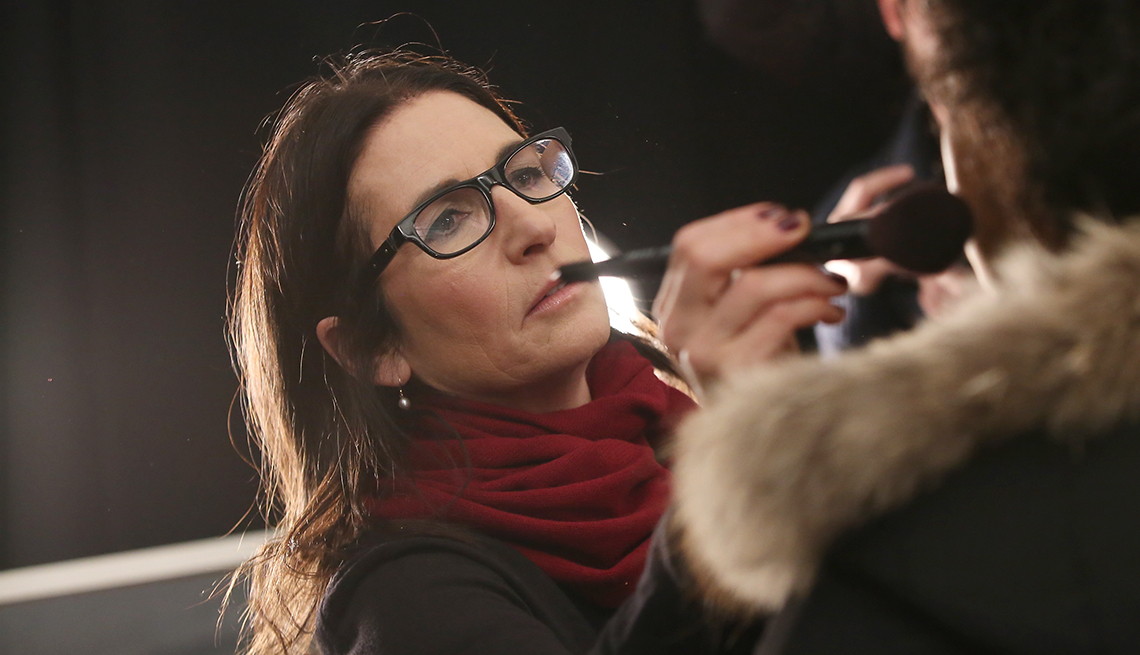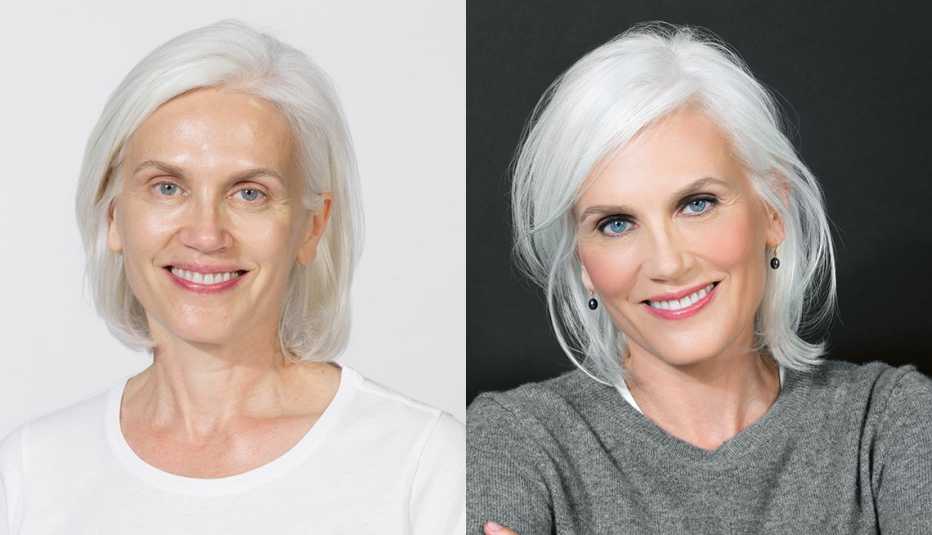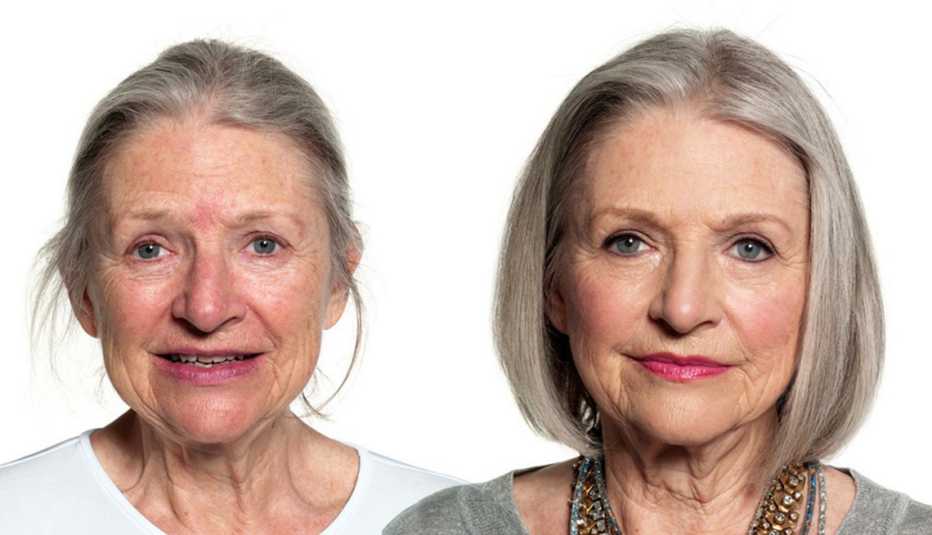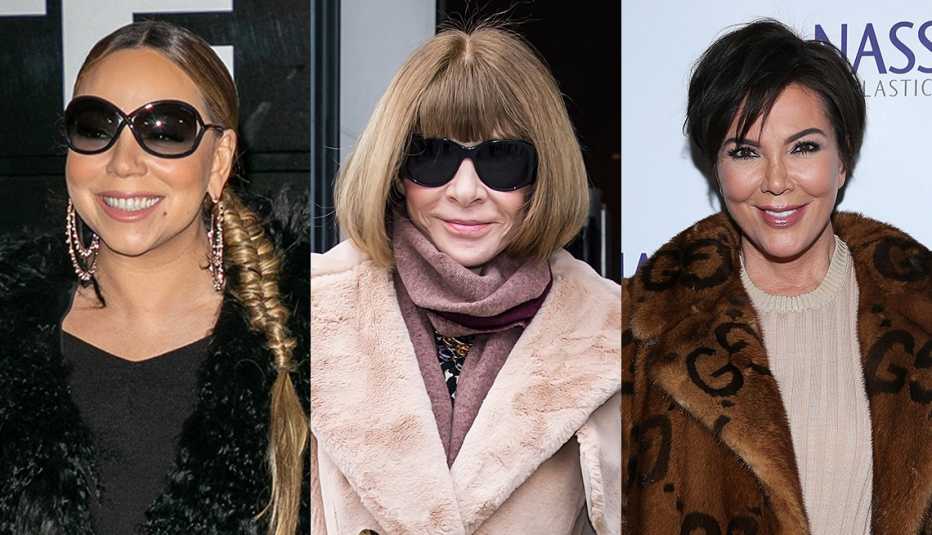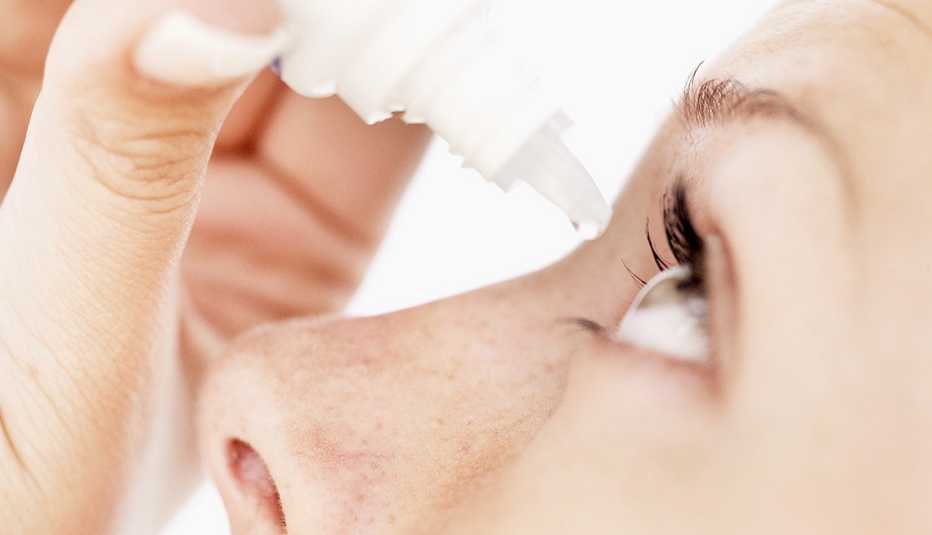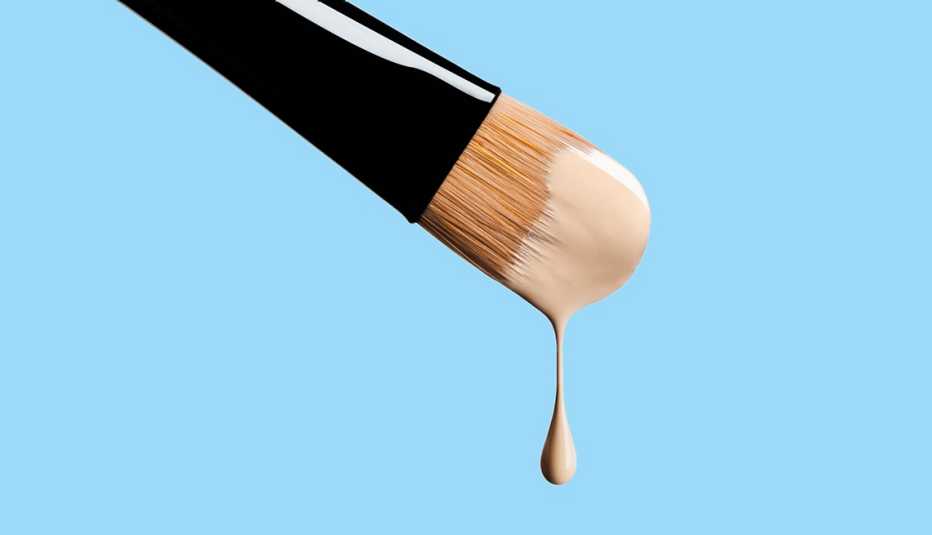Staying Fit
Ever since Bobbi Brown started her own eponymous brand back in 1991, women have been mesmerized by her authenticity and commonsense approach to makeup. The first to do natural-looking “nude” lipsticks, wearable palettes of brown shadows, portable stick foundation and gel eyeliner, Bobbi has changed the way we look — and the way we think about makeup — forever. Although she left the company (now owned by Estee Lauder) in 2016 to pursue other ventures, including a wellness brand called Evolution_18 by Bobbi Brown, she still has makeup on her mind (as evident in her new MasterClass online video course). Here are Bobbi's top tips for women 50-plus in a special AARP Q&A:
What's the best makeup prep for mature skin that's looking dry, lined, tired or just plain blah?


AARP Membership— $12 for your first year when you sign up for Automatic Renewal
Get instant access to members-only products and hundreds of discounts, a free second membership, and a subscription to AARP the Magazine.
Bobbi: Age really changes your skin texture, often making it much drier, which affects how your makeup looks. Apply a lightweight moisturizer first, and then apply a richer, denser one, or a face oil on cheeks and any other very dry areas. I use the Augustinus Bader The Rich Cream, which is $265, or the Apricot Kernel Oil from Whole Foods for $7 as my follow-up layer. Experiment to find your own twosome.

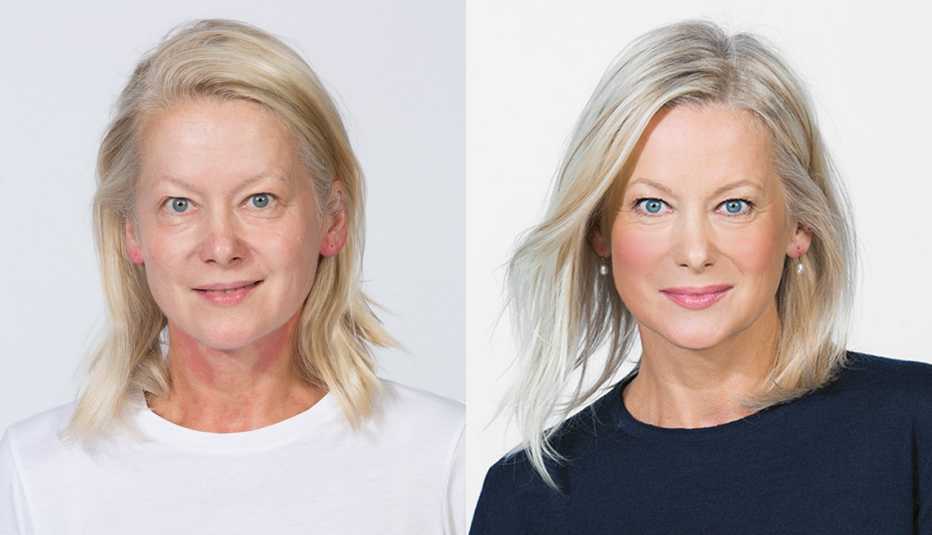
Darker circles are bad enough, but at 50-plus we also have thin, loose, dry crepe-textured skin under the eyes, which makes applying concealer tough. How best to deal with this?
Bobbi: I've always said you need corrector and concealer, and that still is true for aging eyes. Start with a hydrating eye cream on the under-eye area to smooth, moisturize and make up easier. Then apply a pastel corrector — a pink shade for light to medium skin tones or a peach shade for medium to dark skin tones. Be sure to get the inner eye, where discolorations are usually darkest. Then apply a concealer on top that's one shade lighter than your face makeup or skin tone.
Brow makeup is still tricky when your brows are sparse or multicolored (like grey and brown) and you're not a pro.
Bobbi: One product is not enough. A combo of pencil and powder in the same color works best to shape and strengthen brows for a denser look. Start with brow pencil the color of your natural hair, and choose a texture that's dry, not silky, here so it won't smudge. Do feathery hair-like strokes on and between hairs, working from the inside corner out. Next, apply shadow — eye shadow is OK, you don't need a special brow powder — over it with a slanted eye brush to fill and intensify the shape.



























































